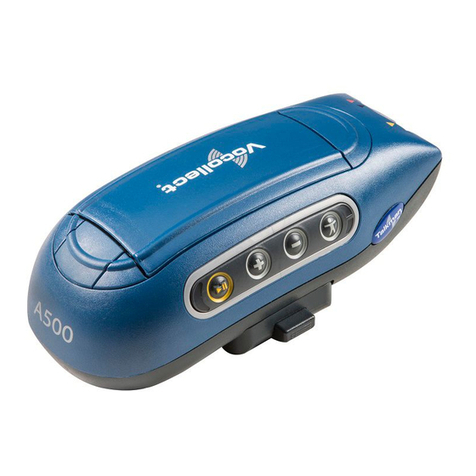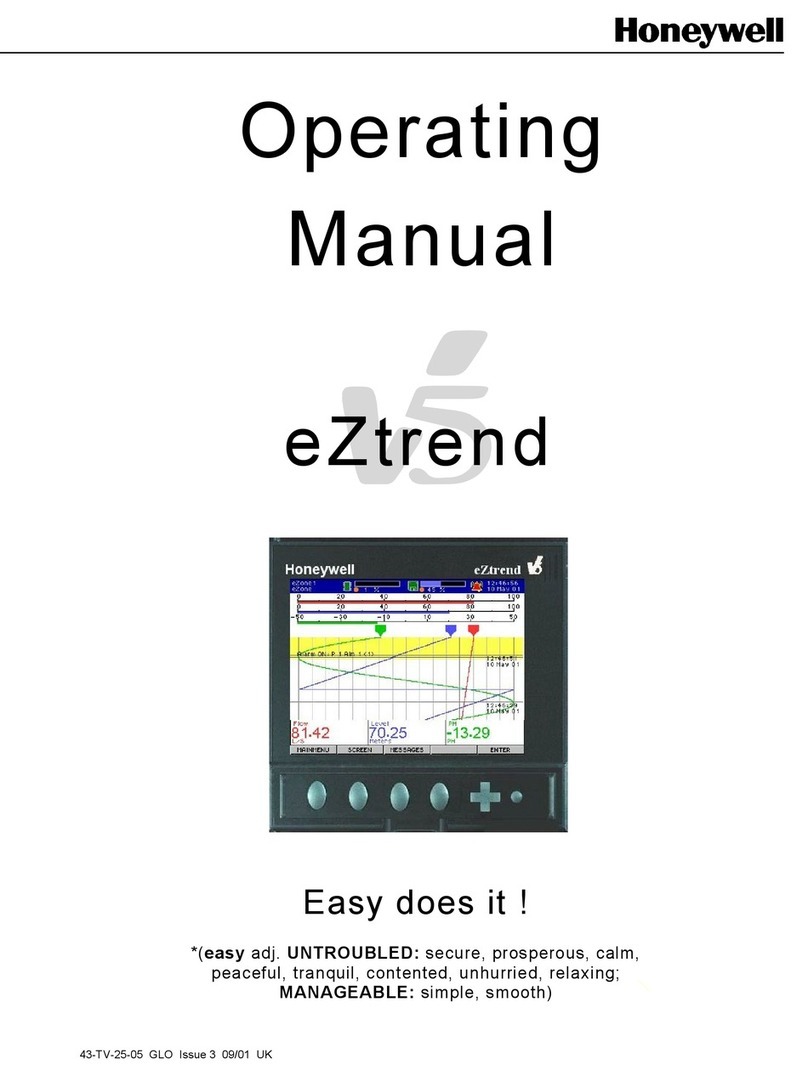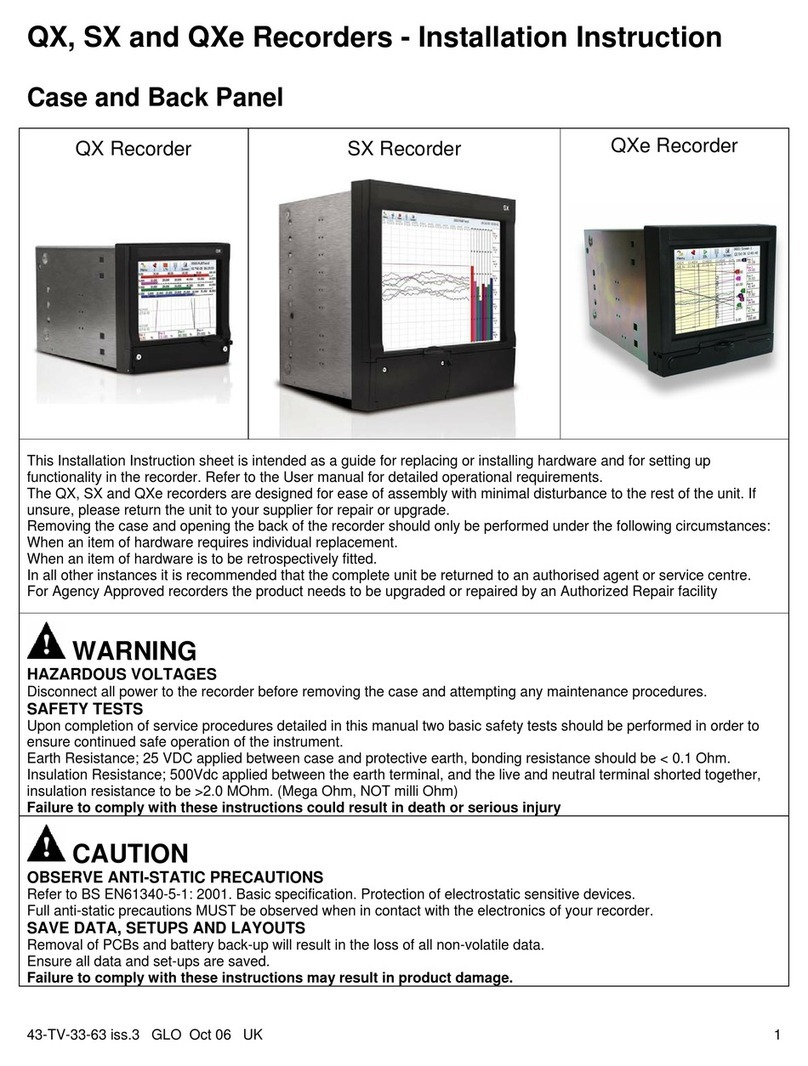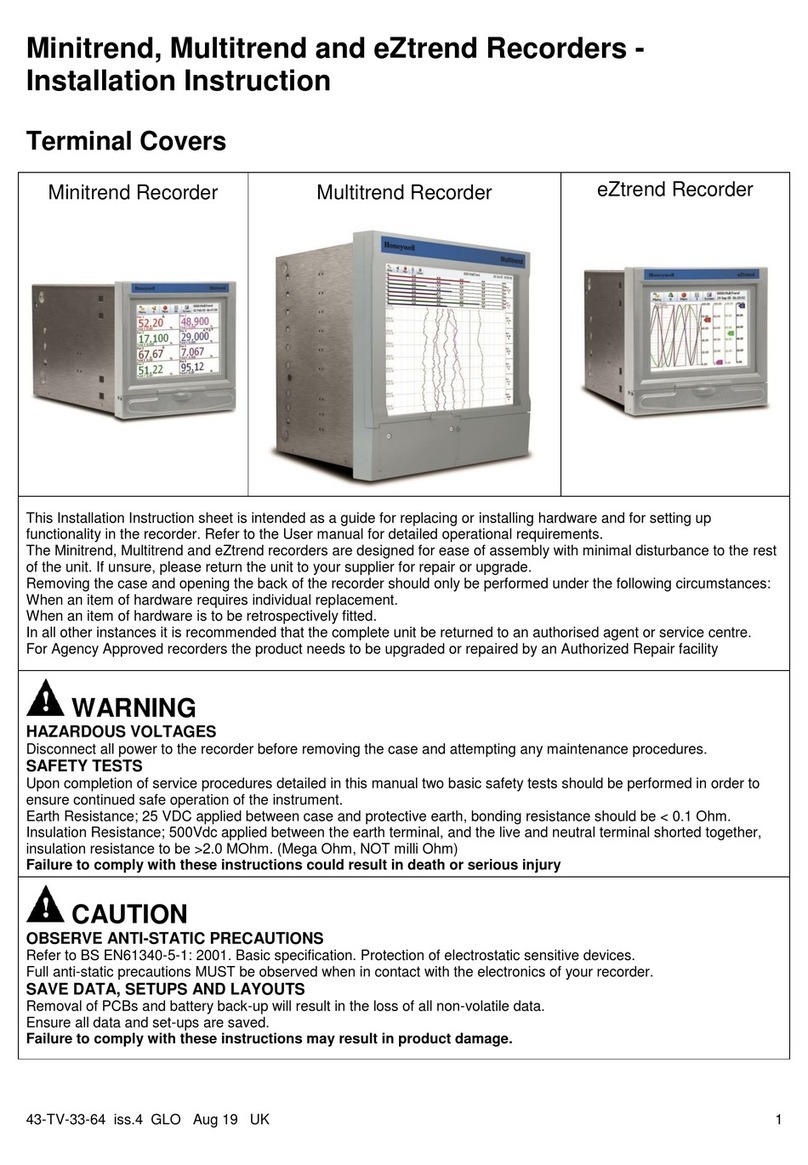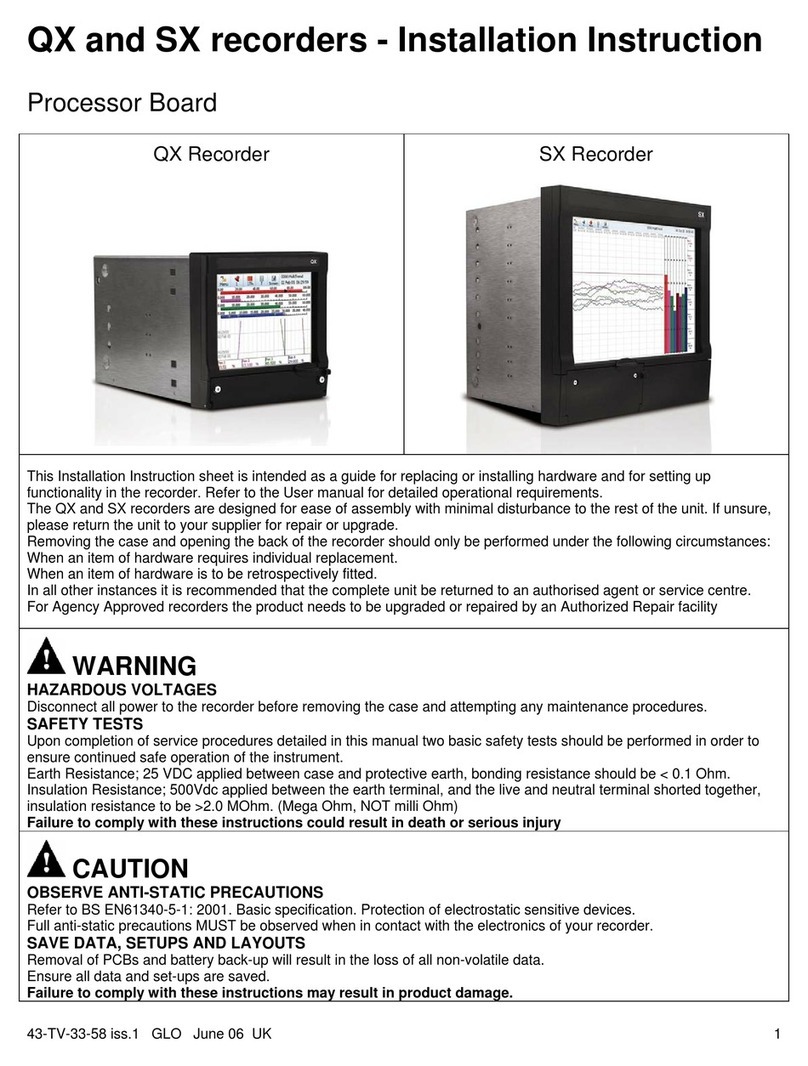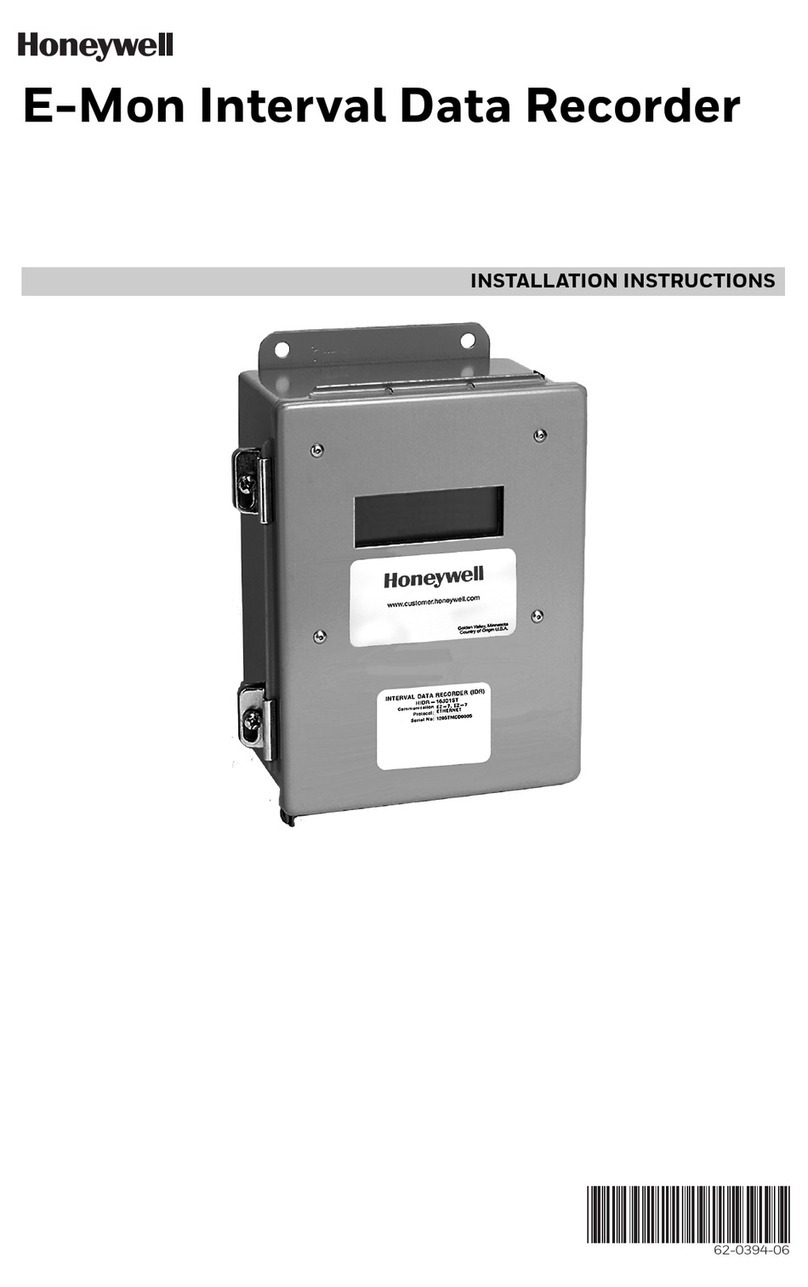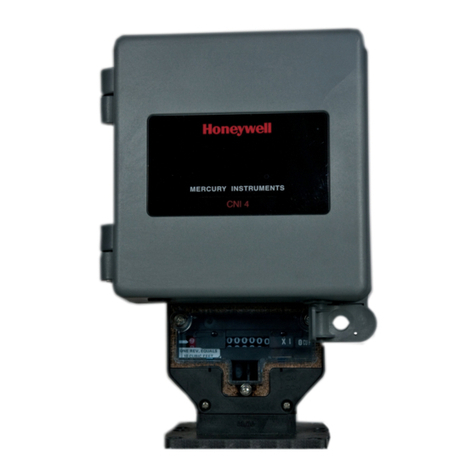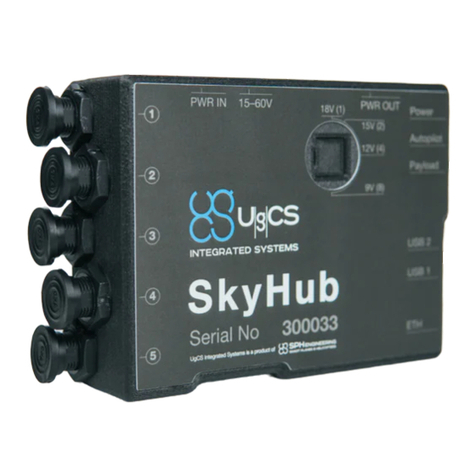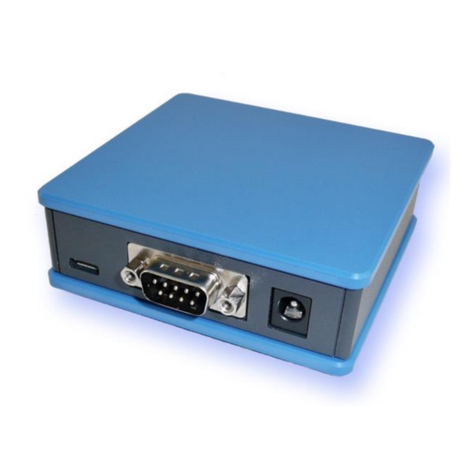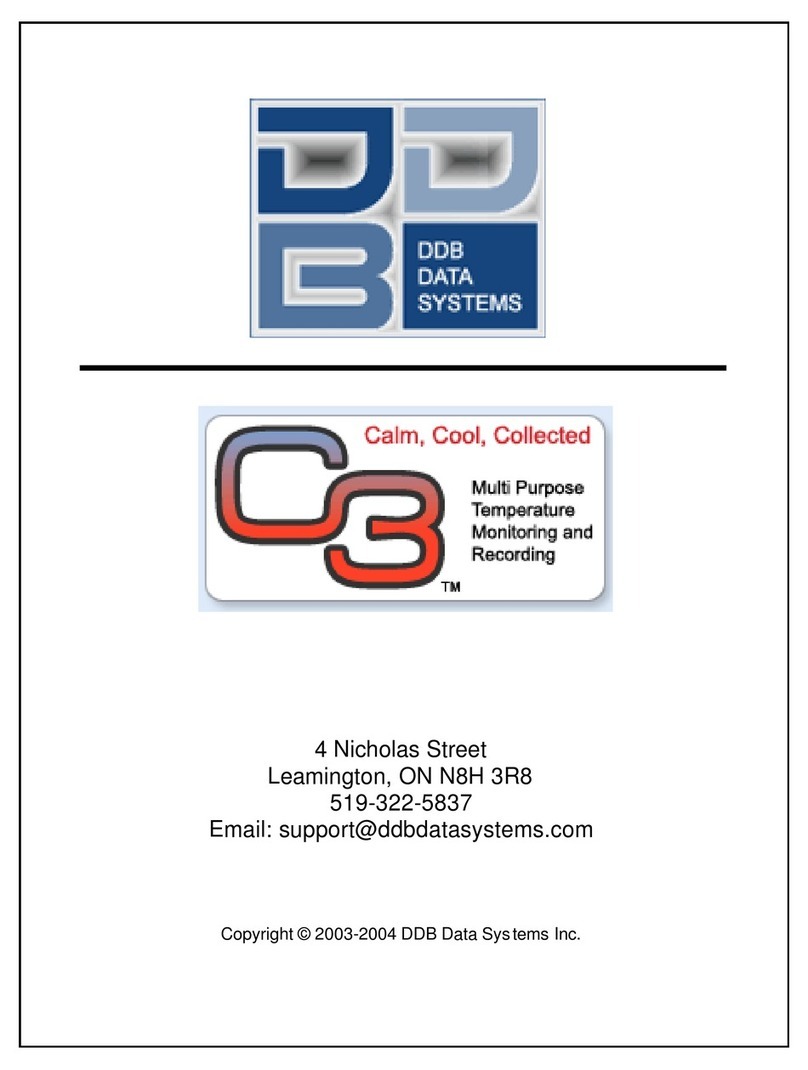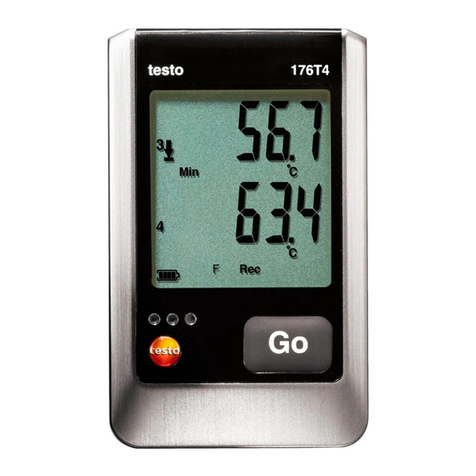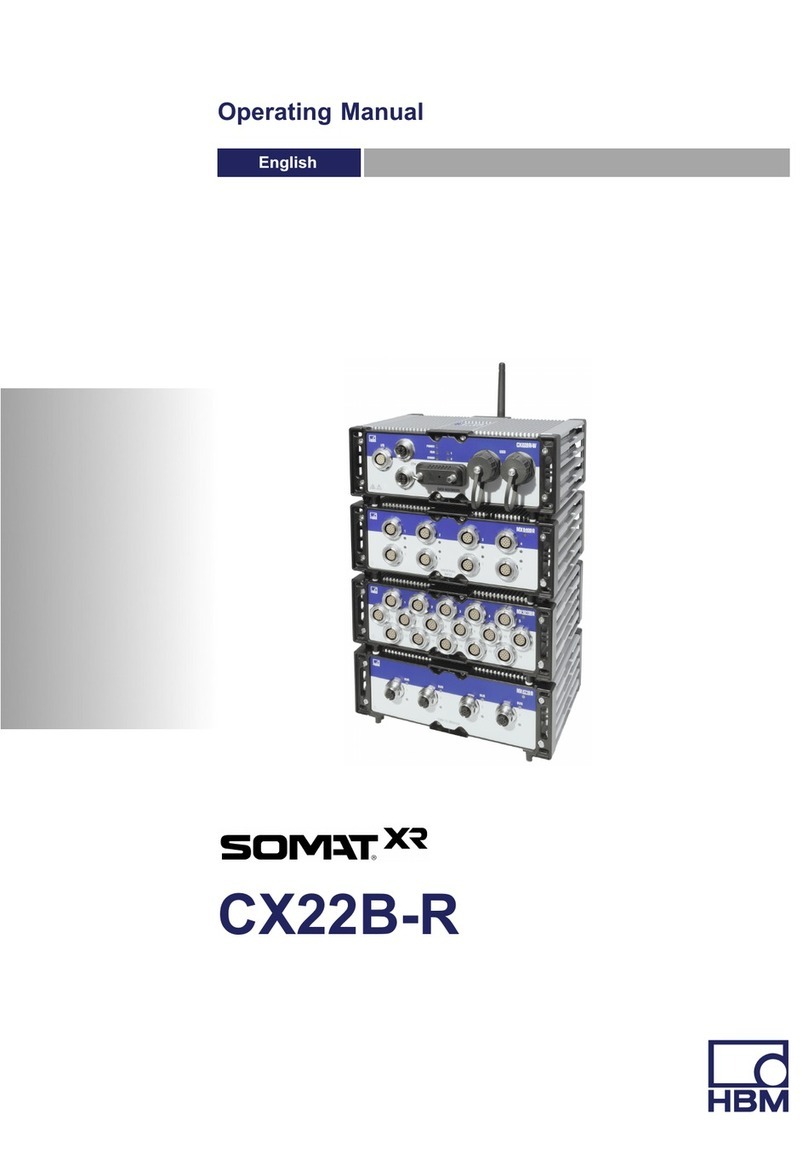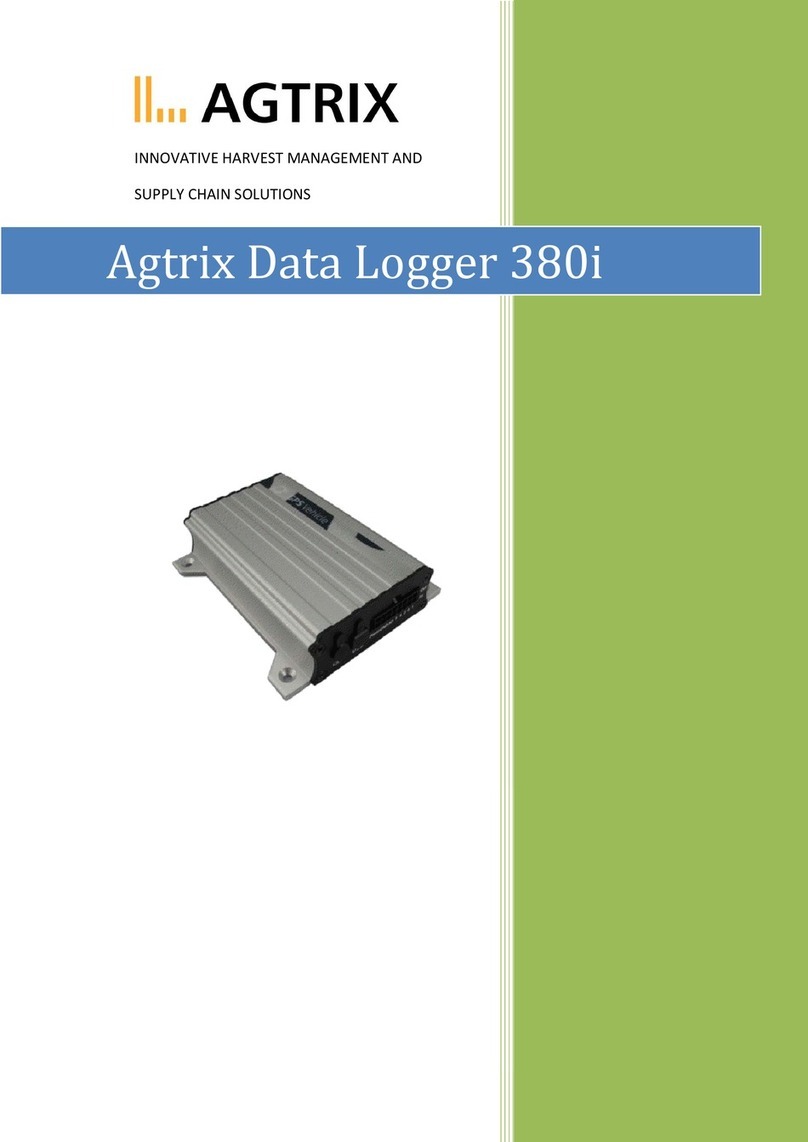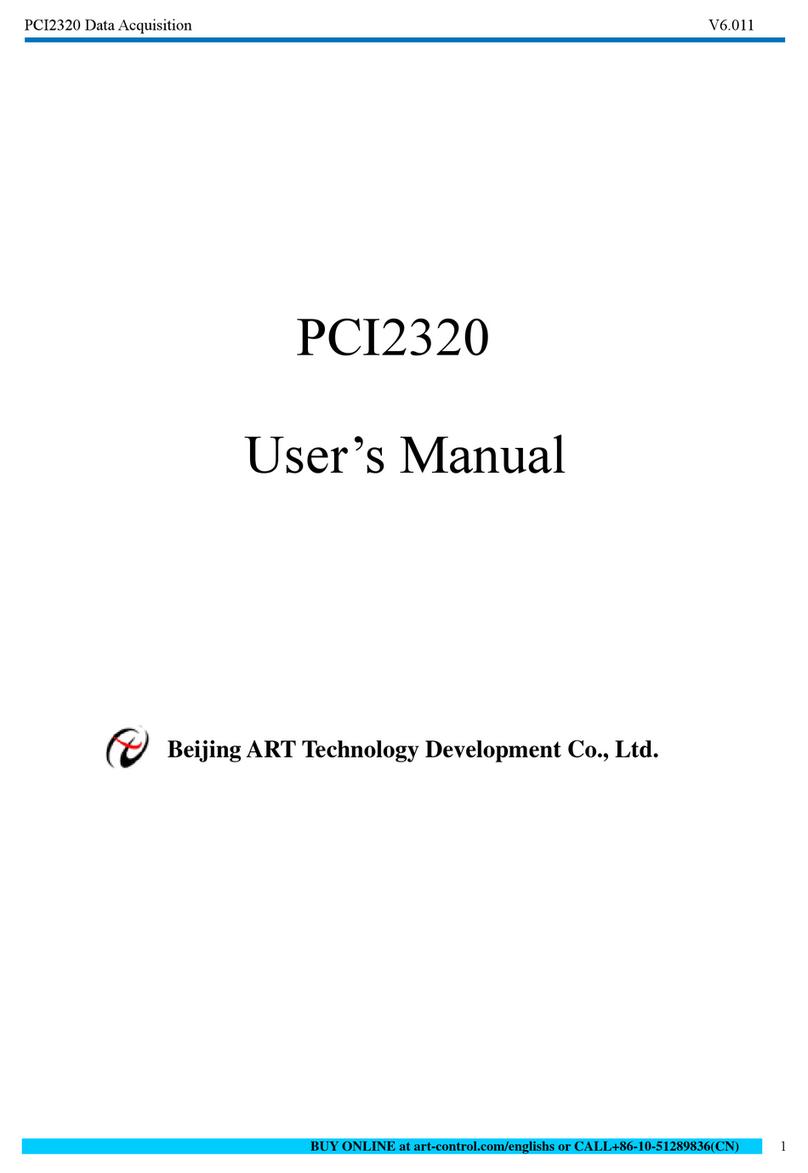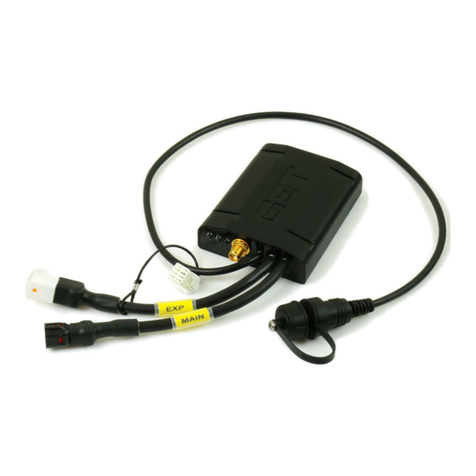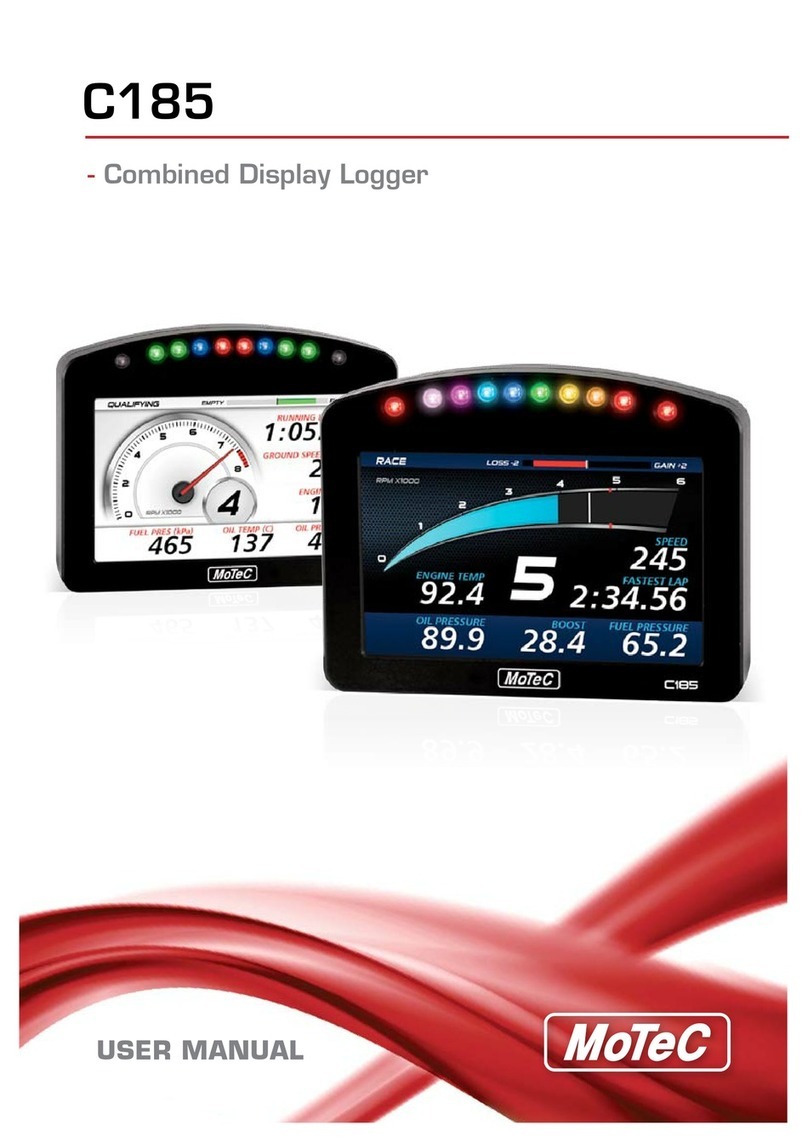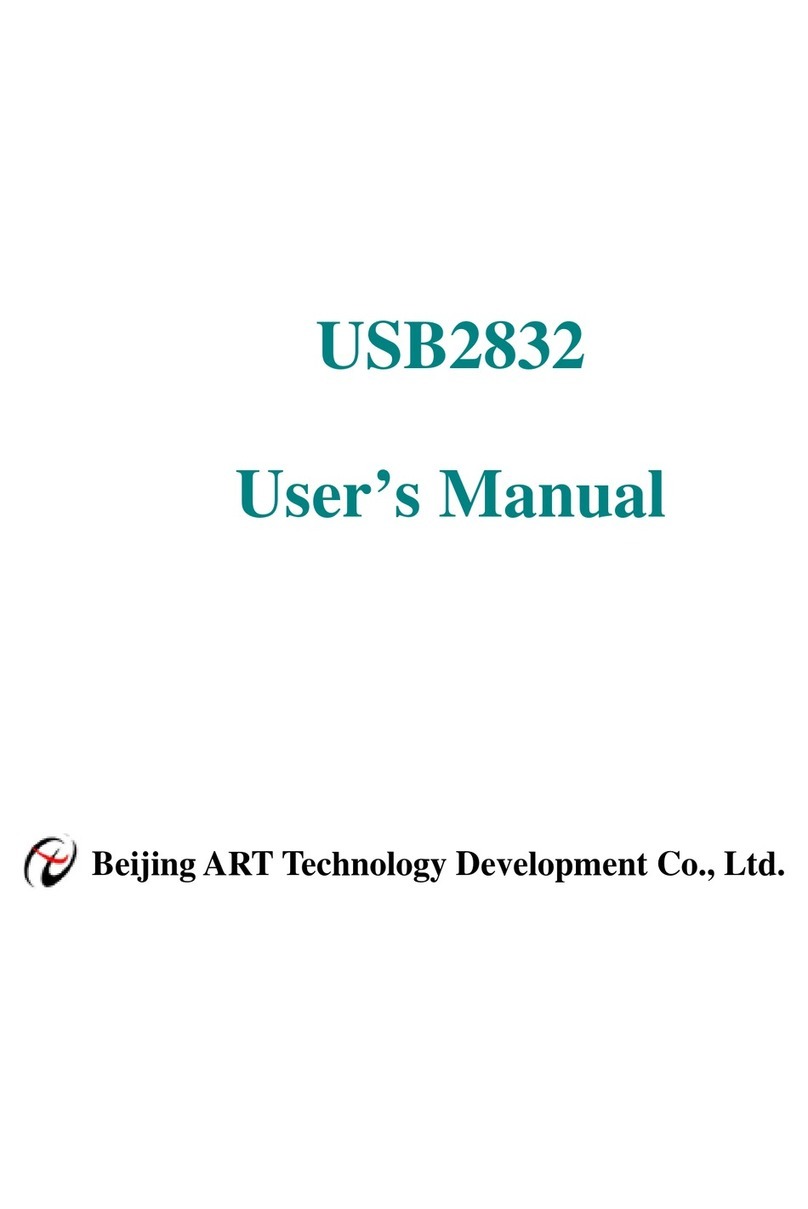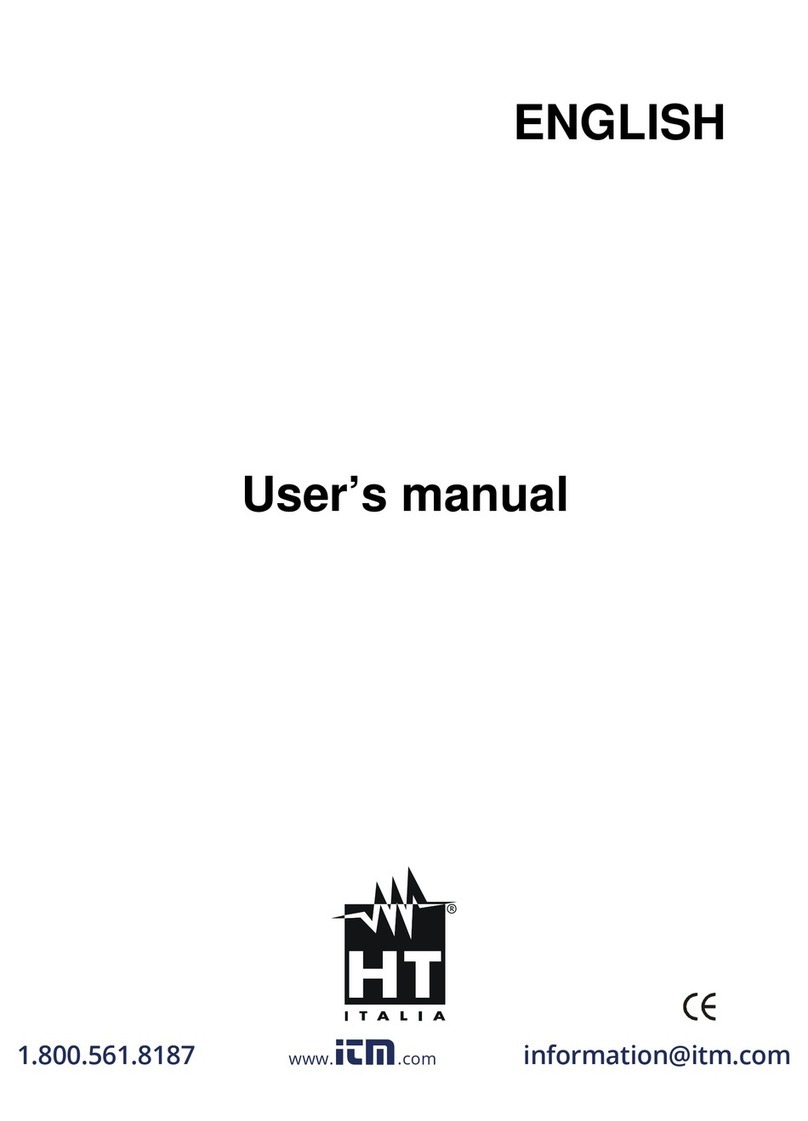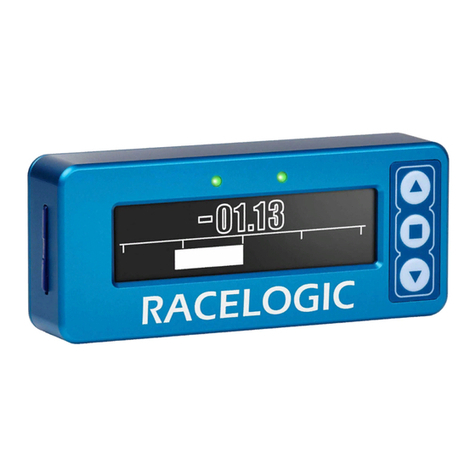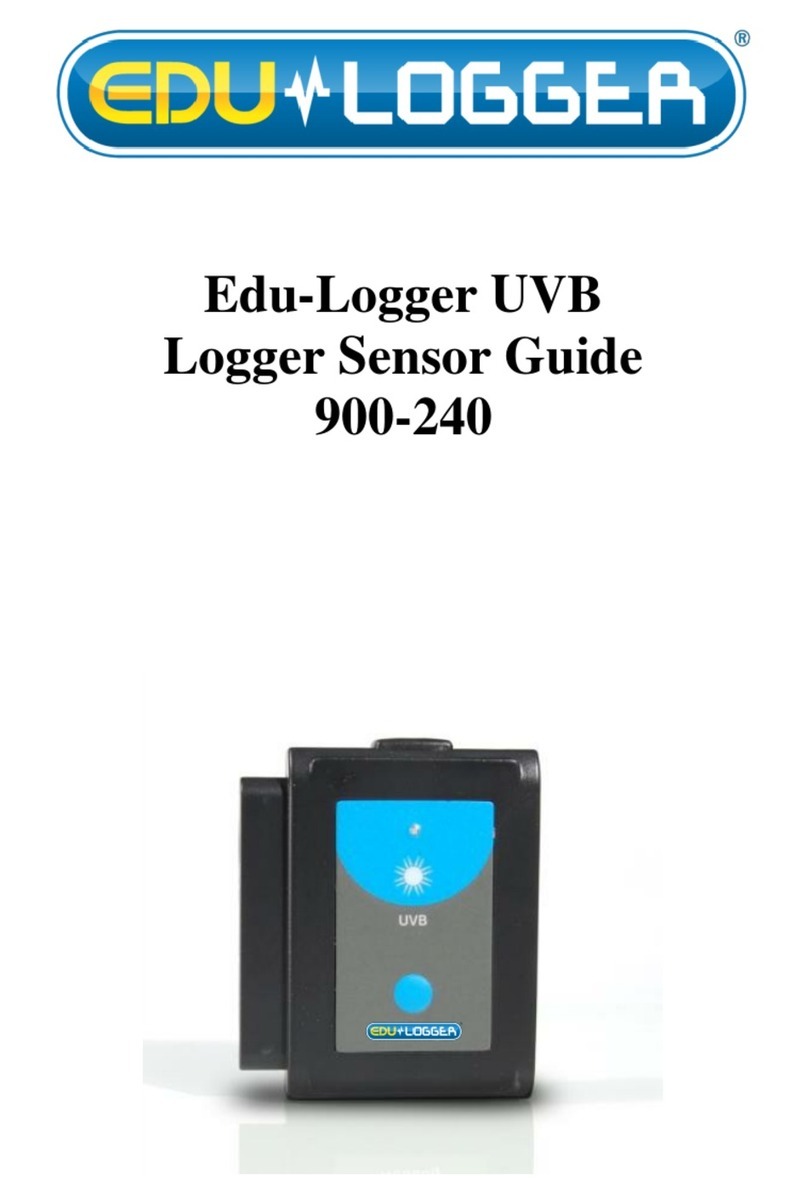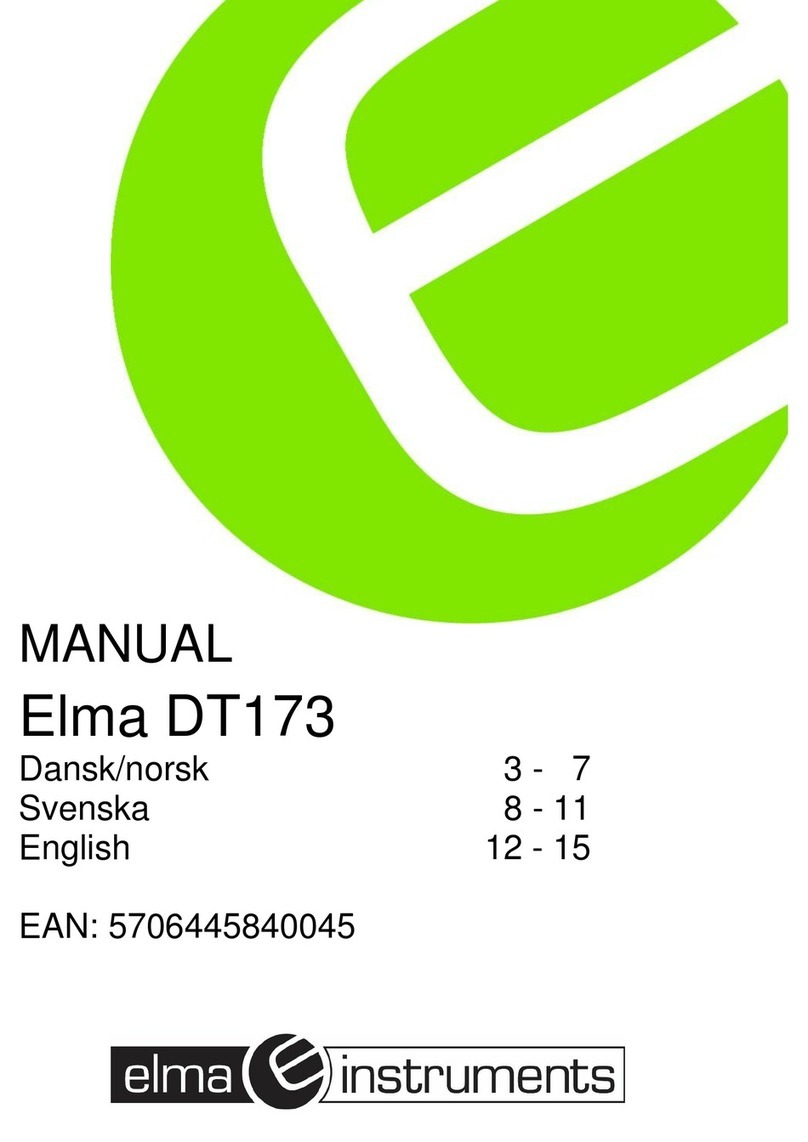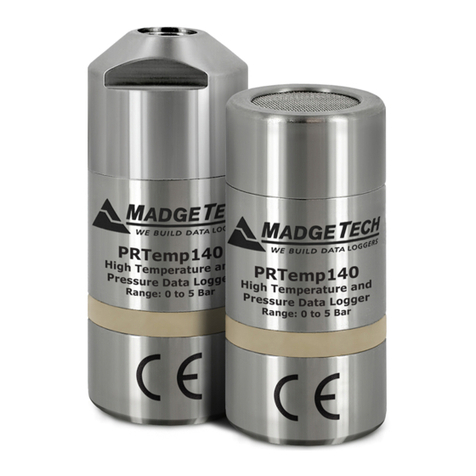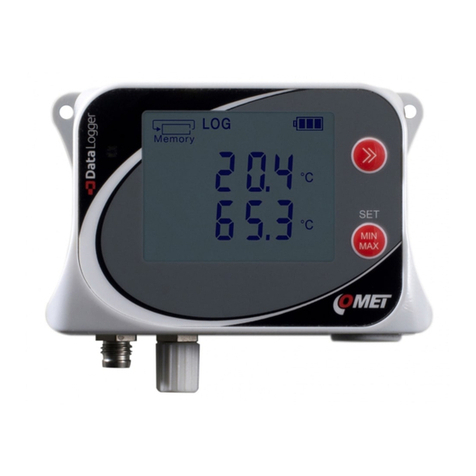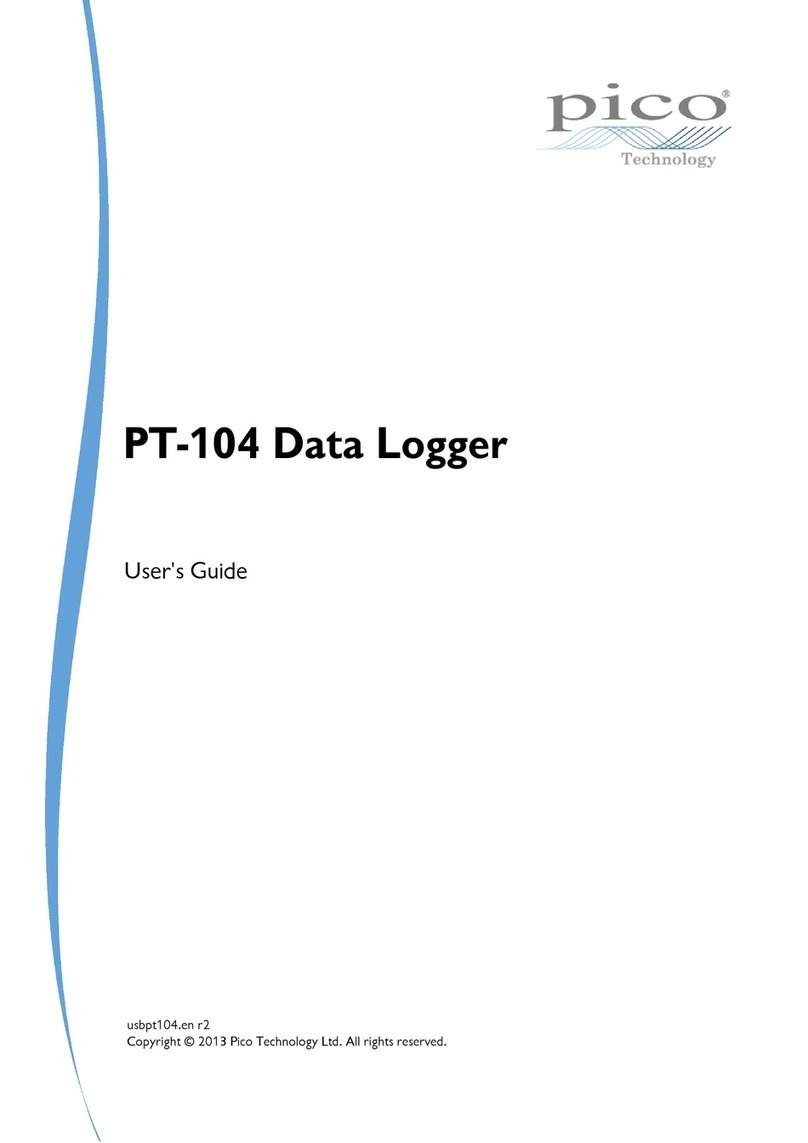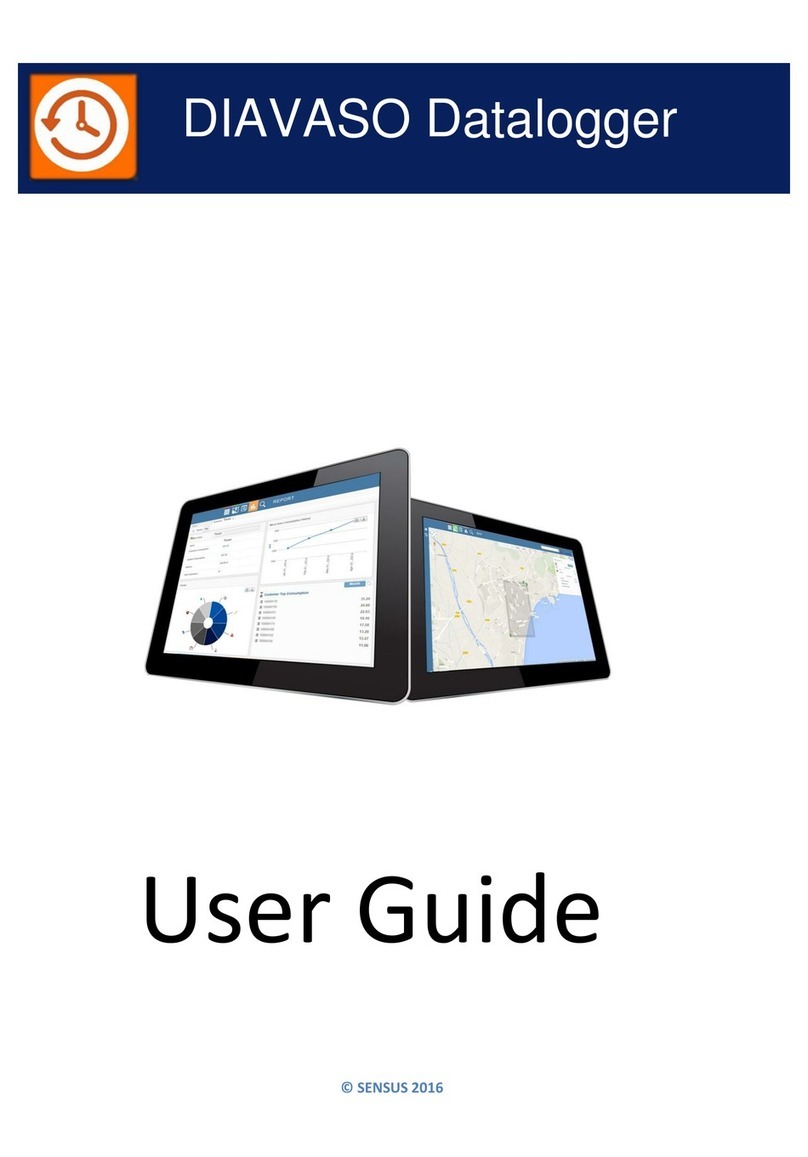
4
3.7.2 Integrated modem..............................................................................25
3.7.3 Serial electrical interface (optional)....................................................25
3.7.4 GSM / GPRS modem module............................................................26
3.7.5 Ethernet Module (optional).................................................................27
3.8 Measurement conditions .............................................................27
3.8.1 Environment.......................................................................................27
3.9 Labelling ......................................................................................28
3.9.1 Designation Data Logger...................................................................28
3.9.2 ATEX marking....................................................................................29
3.9.3 Device software Identification............................................................30
4Construction and Function ..............................................................31
4.1 External view ...............................................................................31
4.2 Internal view ................................................................................32
4.3 Short description..........................................................................32
4.4 Connections.................................................................................33
5Assembly, Connection and Putting into Operation.......................34
5.1 Assembly.....................................................................................34
5.1.1 Assembly on a pipeline......................................................................35
5.1.2 Assembly on a wall............................................................................36
5.2 Connection ..................................................................................37
5.2.1 Connecting meters.............................................................................38
5.2.2 Sealing the input terminals.................................................................39
5.2.3 Connecting the power supply.............................................................39
5.2.4 Connect outputs of the DL230...........................................................40
5.3 Putting into operation...................................................................43
5.3.1 Configuration of measurement parameters........................................43
5.3.2 Sealing...............................................................................................49
5.3.3 Closing the housing ...........................................................................50
5.3.4 Verifying assembly and connection ...................................................51
5.3.5 Data transfer......................................................................................51
6Operation ...........................................................................................52
6.1 Safety...........................................................................................52
6.1.1 Personal protective equipment ..........................................................52
6.2 Operating personnel....................................................................52
6.2.1 Instructed personnel ..........................................................................52
6.2.2 Qualified personnel............................................................................52
6.2.3 Calibration officer...............................................................................53
6.3 Basic principles............................................................................54
6.3.1 Display...............................................................................................55
6.3.2 Button functions.................................................................................56
6.3.3 Data recall, display navigation...........................................................57
6.3.4 Meaning of status symbols ................................................................58
6.3.5 Error messages when entering values...............................................59
6.3.6 Access rights .....................................................................................60
